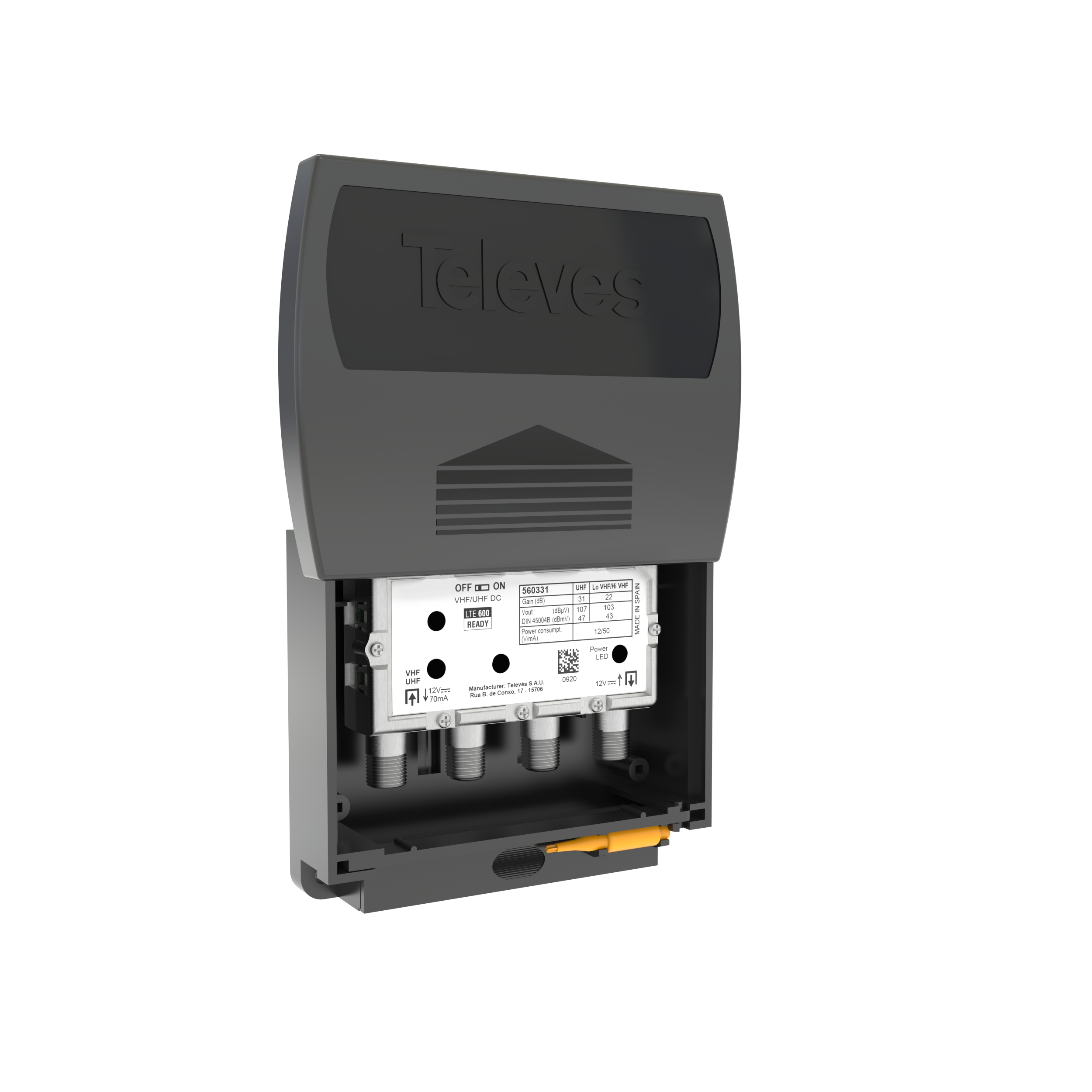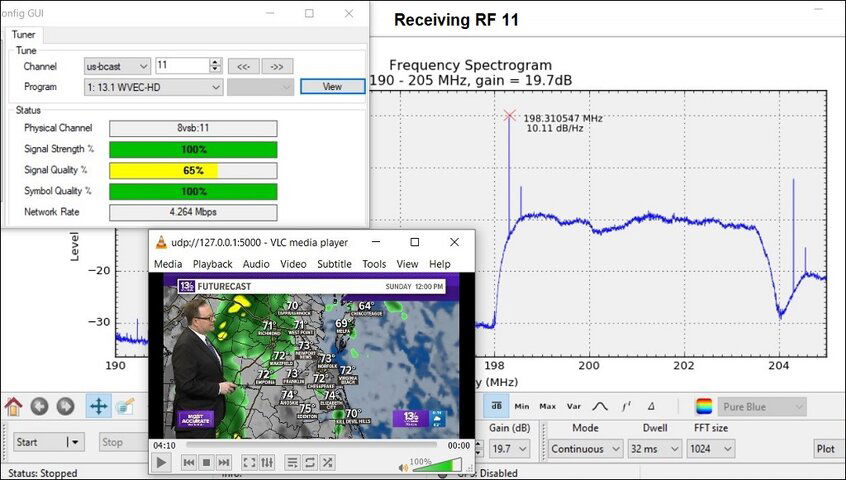...I occasionally get dropouts on a couple channels, and according to my Roku signal screen, it's being caused by bit-rate errors. I'm wondering what causes these.....
Hello, Bahnzo. Looking at Wikipedia is helpful:
Bit error rate - Wikipedia
EXTRACT
Bit error rate
In digital transmission, the number of bit errors is the number of received bits of a data stream over a communication channel that have been altered due to noise, interference, distortion or bit synchronization errors.
The bit error rate (BER) is the number of bit errors per unit time. The bit error ratio (also BER) is the number of bit errors divided by the total number of transferred bits during a studied time interval. Bit error ratio is a unitless performance measure, often expressed as a percentage.
Factors affecting the BER
In a communication system, the receiver side BER may be affected by transmission channel noise, interference, distortion, bit synchronization problems, attenuation, wireless multipath fading, etc.
The BER may be improved by choosing a strong signal strength (unless this causes cross-talk and more bit errors), by choosing a slow and robust modulation scheme or line coding scheme, and by applying channel coding schemes such as redundant forward error correction codes.
END OF EXTRACT
The FEC (Forward Correction Correction Code) that is transmitted with the signal can correct a limited number of errors. When that limit is exceeded, the signal can no longer be received, and drops out at the "Digital Cliff."
The ATSC defines the recommended sensitivity of an ATSC 1.0 tuner in terms of BER:
ATSC Recommended Practice:
Document A/74:2010, 7 April 2010
RECEIVER PERFORMANCE GUIDELINES
5.1 Sensitivity
A DTV receiver should achieve a bit error rate in the transport stream of no worse than
3x10E-6 (i.e., the FCC Advisory Committee on Advanced Television Service, ACATS, Threshold of Visibility, TOV) for input RF signal levels directly to the tuner from –83 dBm to –5 dBm for both the VHF and UHF bands.
and what, if anything, I can do to help improve it.
You haven't given us a rabbitears.info signal report for your location, so it is difficult for me to give you good advice for that.
I can, however, tell you how I have been working on my problem.
I have a very high noise level from electrical interference to my indoor antenna that makes it difficult to receive VHF-High channels 7 and 11.
The tools that I have been using are an RTL-SDR V3 SDR ($30) with RTL-SDR Scanner software and a SiliconDust HDHR4-2US tuner. The SDR shows me the shape of the signal and the HDHR GUI gives me the signal quality. I find it awkward to use BER in scientific notation and much prefer to use other metrics of signal quality including SNR and MER.
Those measurement tools allow me to try different antennas, different antenna locations, and a preamp to find the best combination.




